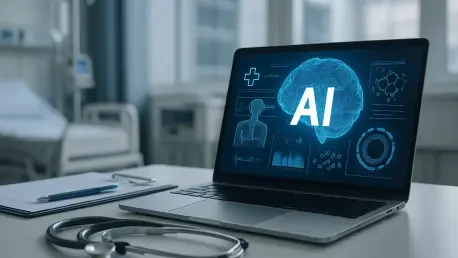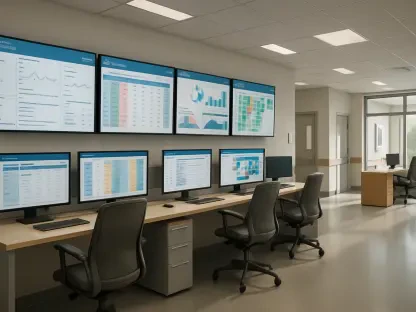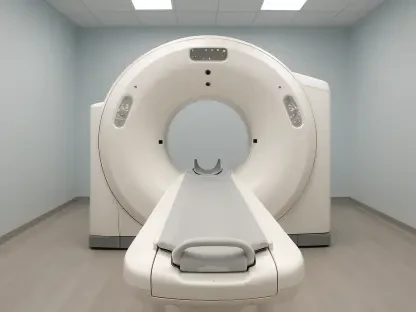I’m thrilled to sit down with James Maitland, a renowned expert in robotics and IoT applications in medicine, whose passion for harnessing technology to transform healthcare solutions has led to groundbreaking insights. With a deep understanding of how traditional systems intersect with modern innovations, James is uniquely positioned to discuss the persistent challenges of fax-based communication in healthcare and the revolutionary role of artificial intelligence in streamlining workflows. Today, we’ll explore the hidden costs of fax delays, the limitations of current solutions, and how AI is poised to redefine efficiency and patient care.
How significant are fax delays as a problem in healthcare right now?
Fax delays remain a surprisingly big issue, even in our digital age. About 75% of medical information is still exchanged via fax, largely due to HIPAA compliance and security needs. When these documents don’t arrive on time, it’s not just an inconvenience—it can delay critical care, lead to misdiagnoses, or even cause patients to abandon treatment. Beyond that, the financial impact is huge, with administrative costs tied to compliance running into billions annually. Staff workloads also suffer as they’re stuck handling these delays manually, which pulls them away from patient-focused tasks.
What specific challenges do healthcare workers face when managing faxed documents?
The challenges are pretty daunting. Staff often have to manually receive, sort, and route incoming faxes, which includes splitting multi-page documents, entering patient data into systems, and tracking down missing information. This can take 5 to 8 minutes per fax—or more if there are errors. It’s tedious, repetitive work that contributes heavily to burnout and turnover, as it drains time and energy that could be spent on direct patient care.
Why haven’t existing fax solutions been able to address these inefficiencies?
Most current solutions, like cloud fax platforms, focus narrowly on secure delivery and meeting HIPAA standards. That’s important, but it doesn’t touch the real pain point: the manual workload on the receiving end. Even with some automation, like routing cover sheets to shared inboxes, staff still have to review and follow up on every document. When critical items like referrals or medication orders get stuck in this bottleneck, it slows down everything—care delivery, billing, you name it.
In what ways is AI beginning to transform fax handling in healthcare settings?
AI is a game-changer here. Technologies like optical character recognition (OCR) and intelligent document processing (IDP) can automatically read and classify incoming faxes—whether it’s a referral, lab result, or prior authorization. AI can match these documents to the right patient record in the electronic health record system, flag urgent ones for priority, and route them directly to the appropriate clinician or team. This cuts out so much manual effort and ensures nothing slips through the cracks.
What kind of impact can AI-driven fax processing have on efficiency and operational costs?
The impact is massive. What used to take minutes per fax can now be done in seconds with AI. For organizations handling thousands of faxes daily, this translates to huge savings in labor costs and a big boost in patient throughput. Faster processing also means quicker revenue capture—think fewer denied claims or delays in billing. It’s not just about saving time; it’s about reallocating resources to where they matter most, like patient care.
How does AI go beyond saving time to actually improve patient outcomes?
Speed is just the starting point. Faster document handling improves care coordination by ensuring clinicians have the right information at the right time, which reduces errors like misdiagnoses or medication mix-ups. It also means patients aren’t left waiting for paperwork to clear before getting treatment. By streamlining these processes, AI helps create a system where care is more continuous, accurate, and responsive to patient needs.
What is your forecast for the future of AI in healthcare workflows like fax processing?
I’m incredibly optimistic. I think we’re just scratching the surface of what AI can do in transforming administrative workflows like fax processing. Over the next few years, I expect AI to become even more integrated, not just handling faxes but predicting bottlenecks before they happen and offering real-time solutions. As adoption grows, we’ll see a shift where compliance tools like fax aren’t a burden but a competitive advantage—driving speed, safety, and better care. It’s an exciting time to reimagine these stubborn challenges with technology.









